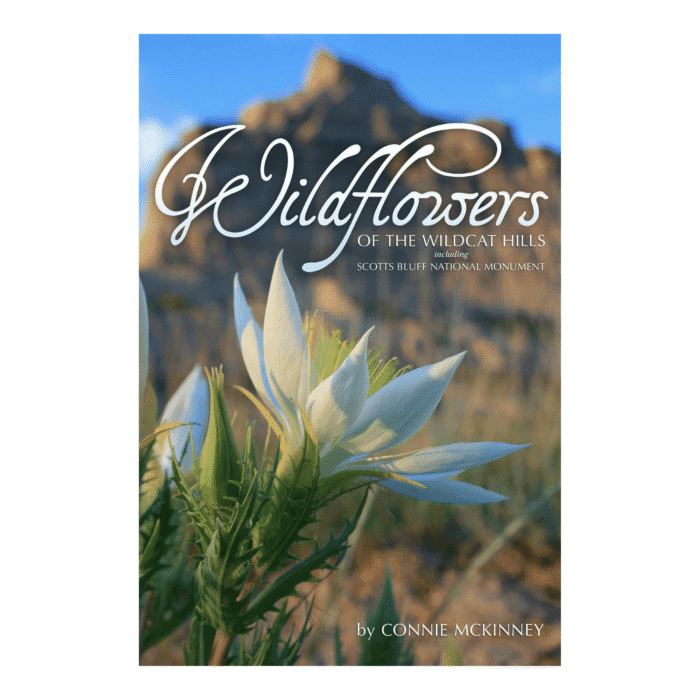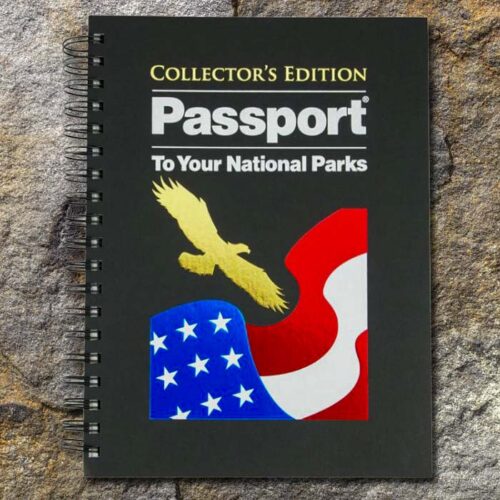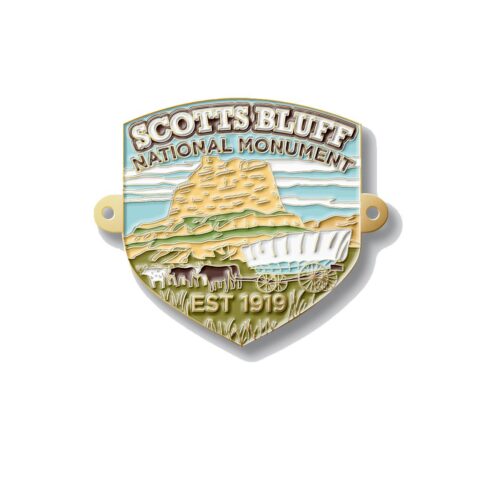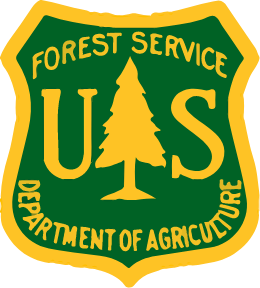Real-time rates straight from USPS. No mark-ups, ever. Every dollar we don’t spend on so-called ‘free shipping’ fuels research, internships, and trail work in your favorite parks / forests.
Become a BHPFA member for $30 a year and we’ll fire a digital membership code into your inbox in seconds. Paste that code at checkout and save 15%.
Flash your membership card at hundreds of nonprofit park stores nationwide for 10% off.
Park rangers and US Forest Service interpreters hand-pick every title, tee, and trinket, so you’re getting facts not fluff. And your purchase keeps them on the front lines.
Description
Wildflowers of the Wildcat Hills – Connie McKinney
ABOUT THIS BOOK
This book is intended as an easy-to-use field guide for the wildflower enthusiast with
little or no formal botanical training. Thus, technical terminology has been limited. A
list of references is provided for those interested in “keying out” or identifying species
using in-depth, scientific sources.
For ease of locating specific flowers, this guide is arranged by color. Within each color
section, flowers are then arranged according to blooming season, with those flowering
earliest shown first. It is important to note that many flowers exhibit a wide range of
color variation. If a flower cannot be located in a particular section of this guide, look
for it in another color category.
Genus and species names reflect those listed on-line in the USDA Plants Database.
Common plant names vary greatly across regions. In this field guide, The Flora of
Nebraska was used as a source for common names. Exceptions include those few
names widely used in the Wildcat Hills region. Any errors in identification or text are
solely the responsibility of the author.
W e l c o m e to the Wildcat Hills of Western Nebraska, a landscape
where the vegetation is nearly unchanged from that which immigrants traveling the
Oregon Trail experienced over 150 years ago. This biologically unique landscape is
home to over 400 species of native plants. The diversity of Wildcat Hills wildflowers
is extraordinary because both prairie and mountain plant species are present in this
rugged landscape.
THE LANDSCAPE
The Wildcat Hills is a rocky escarpment that rises several hundred feet along the
south side of the North Platte River in Scottsbluff, Banner, and Morrill counties. It is
composed primarily of sandstone, siltstone and volcanic ash. The north escarpment
is steep, with deep canyons cut into the blue”. The Wildcats’ mosaic of various plant
communities remains remarkably intact ecologically. The canyons support eastern red
cedar, Rocky Mountain juniper and the state’s largest stands of mountain mahogany.
The north-facing slopes of the escarpment support ponderosa pine woodlands.
Mixed-grass prairie, badlands, grass-covered sand dunes, rock outcrops, and scattered
patches of sandsage prairie occupy the remainder of the Wildcat Hills. Dozens of at-risk
plant and animal species are found in this landscape including bighorn sheep, swift
fox, burrowing owl, leopard lily and Nuttall’s desert parsley.
WILDFLOWER VIEWING
Wildcat Hills wildlands properties include Wildcat Hills State Recreation Area (SRA)
and Wildlife Management Area (WMA), Montz Point WMA, Buffalo Creek WMA,
Cedar Canyon WMA, Platte River Basin Environments’ Bead Mountain, Carter Canyon
and Montz Point Ranches, and Scotts Bluff National Monument. These areas, while
regulated, are open to many public uses, including the pursuit of your favorite
wildflowers. Please remember that these wildflowers need to be left on site for all to
enjoy. It is prohibited to remove plants from Wildcat Hills Wildlands.
The Wildcat Hills are truly unique, and in so many ways, a well-kept secret. The
wildflower enthusiast will find many corners of the Wildcat Hills unexplored, and will
marvel at this hidden treasure.
Additional information
| Weight | 12 oz |
|---|
